Modak is a traditional Indian sweet offered as a prasad (sacred offering) to the Lord Ganesha. This is an easy-to-follow instant modak recipe. Be sure to watch the video!
Estimated reading time: 4 minutes
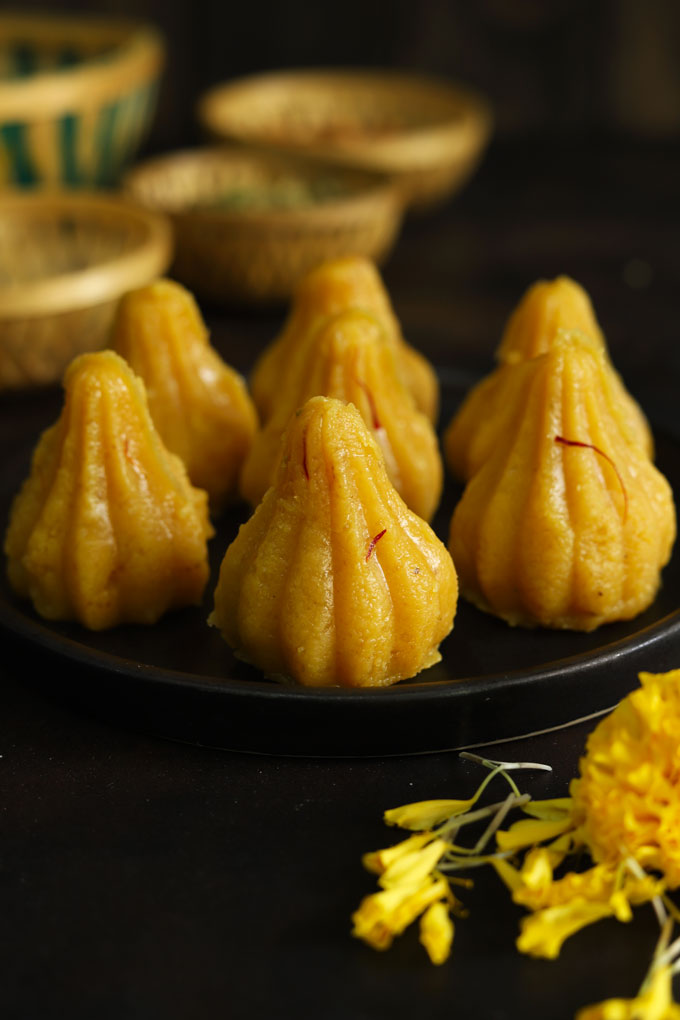
Jump to:
What is Modak?
Modak is a rice flour dumpling stuffed with coconut and jaggery sweet mixture. It is a gluten-free Maharashtrian sweet made to celebrate the festival of Ganesh Chaturthi.
According to folklore, Modak is considered Lord Ganesha’s favourite sweet dish.
There are a variety of modak recipes such as ukadiche modak, mawa (khoya) modak, nariyal modak, or modern versions such as chocolate modak.
- This is a delicious instant modak recipe that requires minimal ingredients.
- It is an easy-to-follow, fuss-free modak recipe for the beginners.
- There is no steaming process or stuffing required.
- Saffron gives a beautiful golden colour to the modak.
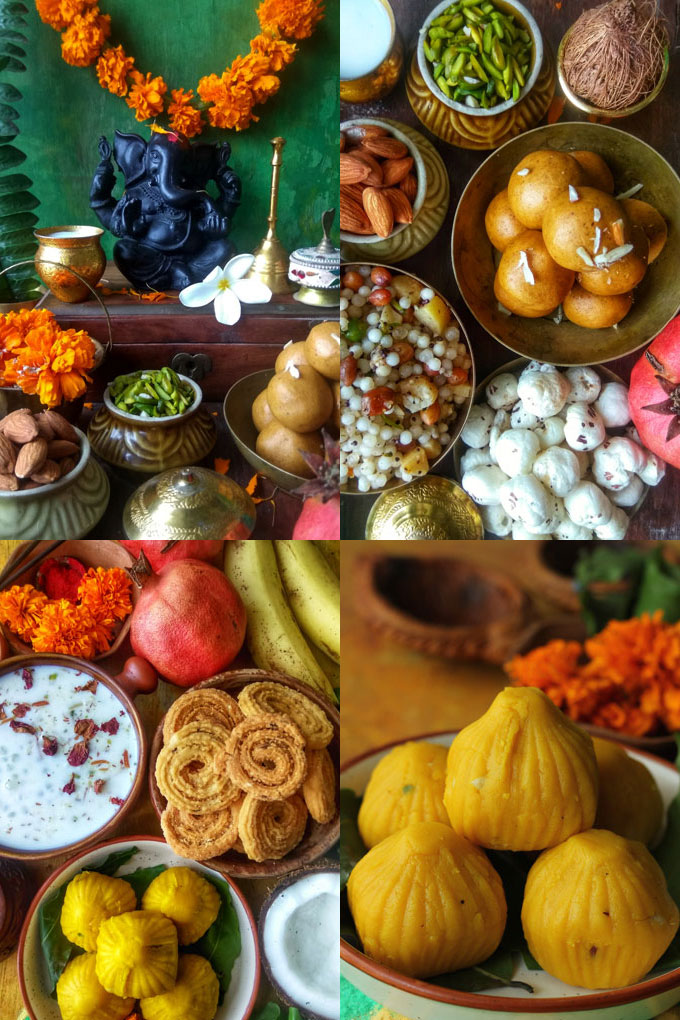
The Festival Of Ganesh Chaturthi
Ganesh Chaturthi is a Hindu festival celebrated to welcome the Lord Ganesha to earth. There are a lot of traditional dishes prepared to celebrate Ganesh Chaturthi. Modak is one of the essential sweets to be made on occasion.
Apart from modak, coconut ladoo, karanji, kheer, sabudana khichdi, puran poli, and many other festive sweets and snacks are prepared to offer Lord Ganesha.
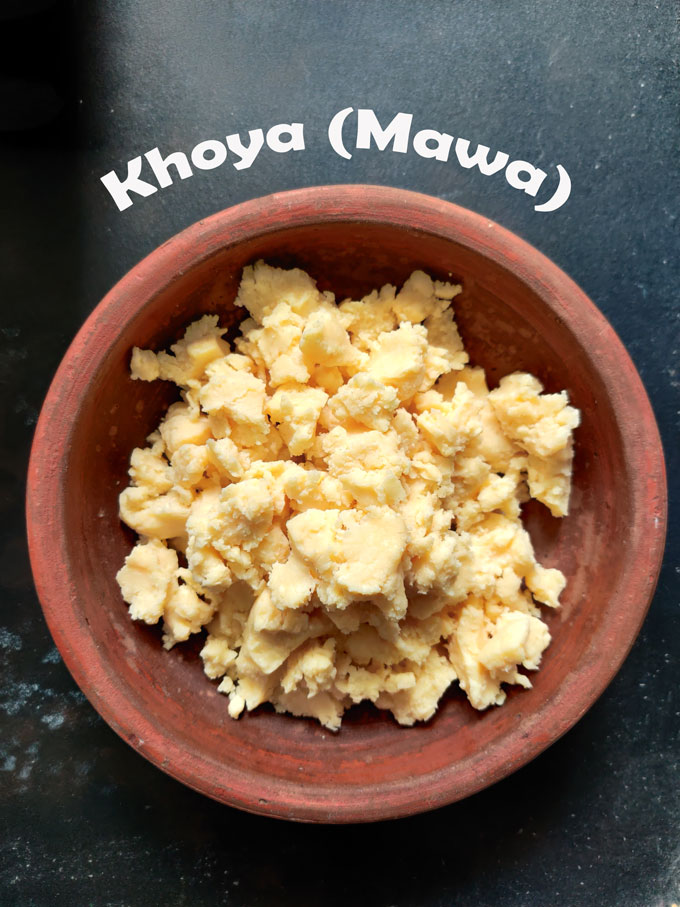
Ingredients You’ll Need
- Khoya (mawa) – is a dried or thick evaporated milk mainly used to make Indian sweets and desserts. You can get it in Indian grocery stores or sweet shops.
- Sugar – use powdered white sugar or grind granulated white sugar in the blender. You can use jaggery powder as well.
- Semolina (rava) – I add a tablespoon of suji (rava) to give modak a good taste and texture. But this is optional.
- Optional Ingredients – ghee, saffron, green cardamom powder
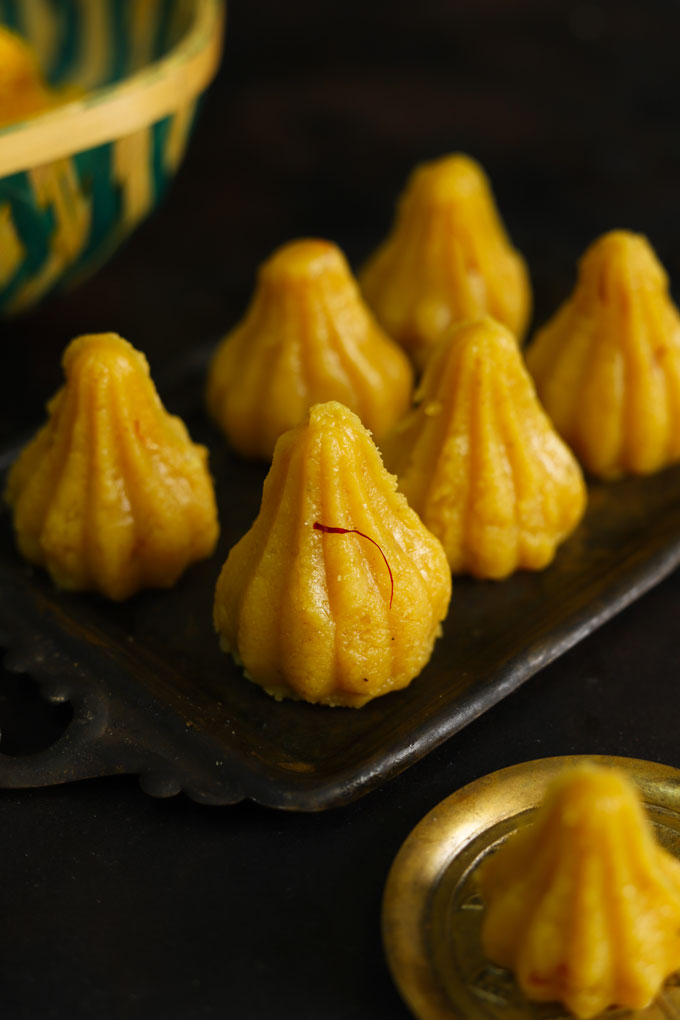
My Tried and True Tips
- Use unsweetened khova for this modak recipe. If you are using sweet khova, taste first, and add sugar accordingly.
- While frying semolina (rava) and khoya do not leave the pan unattended as the mixture burns quickly. You have to continuously stir it for even frying.
- You can use powdered jaggery or light brown sugar instead of white sugar to sweeten the modak. But make sure to use powdered sugar, not granulated.
- Do not add sugar to the hot khoya mixture. It should be lukewarm to touch and not piping hot. Otherwise, sugar will start melting, making the dough too sticky and difficult to mould.
- If khoya is unavailable, combine ½ cup milk with 1 ½ cup milk powder (dairy whitener). Cook them over a low flame, and continuously stir till you get a soft, non-sticky dough. Flavour the dough with saffron, cardamom, and sugar.
- If you do not have modak mould, shape a lemon size dough ball using your fingers like a potli or dumpling, having a pointing tip and round bottom. Using a toothpick or bamboo skewer, make curved lines at equal distances from top to bottom.
Watch Instant Modak Video
How To Store
Modak remains fresh and soft for 1 – 2 hours at room temperature. I prefer storing them in an airtight container in the refrigerator. The texture becomes firm and remains fresh for 10 – 15 days.
In cold climatic conditions, you can leave them at the kitchen counter in an airtight container for 1 – 2 days.
More Indian Sweet Recipes
- Instant Coconut Ladoo
- Khoya Gulab Jamun
- Kesar Mawa Ghujia
- Besan Ladoo
- Doodh Pak
- Mawa Barfi
- Atta Ladoo
- Basundi
- Jalebi
follow us on Youtube and Instagram for video recipes.
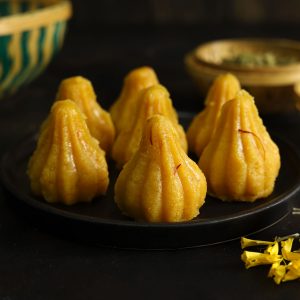
Kesar Mawa Modak Recipe
- Heavy Bottom Kadhai
- Modak Mould
Ingredients
- 200 gram khoya (mawa/pal khova/evaporated milk)
- 1 tablespoon ghee
- 1 tablespoon semolina (rava/suji)
- ½ Cup powdered white sugar
- 1 teaspoon green cardamom powder
- ½ teaspoon saffron
- 2 tablespoon warm milk
Instructions
Prepare Modak Mixture:
- Soak saffron strands in warm milk. Set aside while preparing the modak mixture.
- Heat ghee in a heavy bottom kadhai or casserole.
- Add semolina (rava) fry till it turns light brown in color. Continuously stir the semolina while frying. If left unattended it burns very fast.
- Next, add crumbled khoya (mawa). Mix semolina and khoya using a spatula. Now keep frying the khoya till it becomes smooth and the fat starts oozing from the sides. That is stage 1 of perfect frying.
- In low to medium flame, keep frying the khoya till all the fat disappears and the khoya starts coming together like a soft dough. This is in stage 2.
- Now, add the green cardamom powder and saffron soaked milk. Mix nicely. Keep frying until all the milk is absorbed by the khoya and once again it becomes like a soft dough. This is the final stage. Turn off the heat.
- Transfer the khoya mixture to a wide bowl. Allow to cool down for 5 – 10 minutes or till it becomes lukewarm to touch.
- Add powdered sugar and mix with your fingers to form a smooth, soft, non-sticky dough.
Shape Modak:
- Grease or brush the modak mold with the ¼ teaspoon of ghee. You can skip this step if the mold is a non-stick one.
- Pinch a small portion of the dough (according to the size of the mold) and stuff it on one side of the mold. Gently press the filling with the other side of the mold to get modak shape. Unmold the modak gently without breaking its shape.
- Arrange the modak on a serving platter. Garnish with saffron. You can keep them in the refrigerator for 5 – 10 minutes if they are too soft.
- Kesar Mawa Modak is ready to serve.
Recipe Notes:
- I use unsweetened khova to make modak. If you are using sweet khova, taste first, and add sugar accordingly.
- Make sure khoya is at room temperature and not semi-frozen or cold. Leave it at room temperature for a few minutes before using it.
- Semolina (rava) gives a nice texture and taste to the modak. If you are not too keen to add semolina, skip ghee as well. Start frying khova straightaway.
- Do not add powdered sugar in the hot khoya mixture. It should be lukewarm to touch and not piping hot.
- You can stuff a variety of dry fruits, desiccated coconut, and other types of sweet filling in this mawa modak.
- If you live in a place where khoya is not available, combine ½ cup milk with 1 ½ cup of milk powder (dairy whitener). Cook them over a low flame, continuously stir till you get a soft, non-sticky dough. Flavor the dough with saffron, cardamom, and sugar. Shape modak.
- If you do not have modak mold, shape a lemon size dough ball using your fingers like a potli or dumpling. Using a toothpick or bamboo skewer make lines at equal distance from top to bottom.

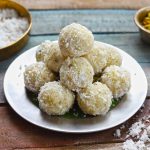
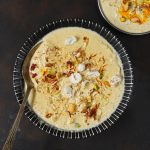
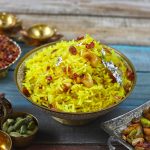
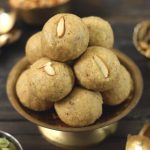
Arijit says
Nice recipe. Well explain.
Hina Gujral says
thanks a million!
shruthi says
Such an easy recipe! trying it over the weekend 🙂
Hina Gujral says
so happy that you liked it!
swadkrang says
Very nice well explained
Hina Gujral says
thank you so much!
Sri says
Thank you for the recipe. It was easy to make and was delicious.
I do have to differ on what you said about Ganesh puja being mainly celebrated in Maharashtra.
Like Duserra and Divali it is celebrated universally all over India by Hindus.????
I am from Andhra and we in south India all so do it. Modak in the south is also called Modakam.
Hina Gujral says
I am so glad you like the recipe!